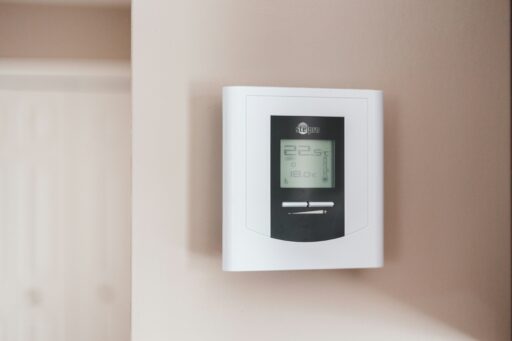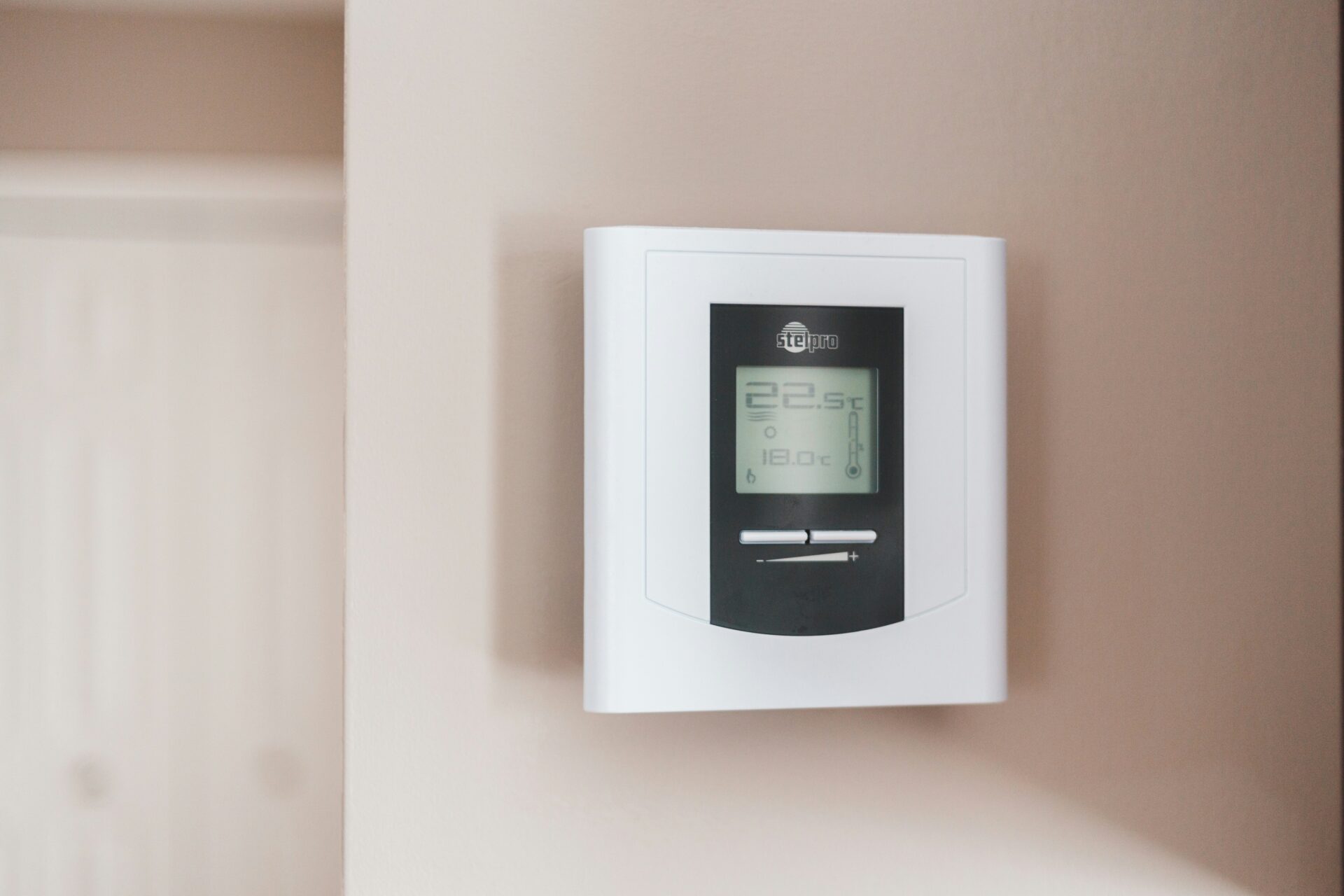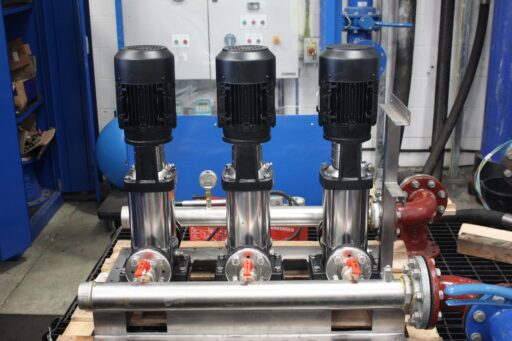Autumn arrived last weekend and, alongside cooler temperatures, the season has brought with it a debate. Plummeting temperatures have seen homeowners across the UK reaching for their thermostats; but given just how early in the year it is, most have been second guessing their response. And so, the annual debate over the correct time to put the heating on has reared its head once again. In an attempt to: explain the phenomenon of homeowners putting their heating on early, settle the recurring debate and to offer advice on how to make your heating more efficient, we have put together this informative post.
Faux winter
The tinder that has sparked this debate has been what experts are tentatively calling ‘faux winter.’ After the consistently warm temperatures of summer, the steep drop that has accompanied the arrival of autumn has incited in homeowners a premature reaction to turn their central heating on. The stark contrast created by the two temperatures, rather than the advent of authentically low temperatures, generates this response.
When do most people turn their heating on?
Capable of dividing households and workplaces alike, the central heating debate evokes vociferous responses from both sides. Those in favour of delay quite reasonably cite the money and energy sapping qualities of central heating. Equally understandable however, is the thrust of the other side’s argument, which is rooted in comfort. Why not part with some cash to alleviate the debilitating effect of cold? And all without donning jumpers and blankets!
The intensity of argument on both sides is strong, making it difficult to decipher exactly where the country as a whole stands on the issue. Data from gas and electricity supplier, Npower, provides some clarity: the last weekend in October is when the vast majority of households take the plunge.
How to more efficiently heat your home
Irrespective of your stance on the matter, all have to concede that it is only a matter of time before we turn to our thermostats. It’s a foregone conclusion. The passage of time brings with it declining temperatures that eventually become unbearable, no matter how many blankets you wrap up in. With this in mind, we have put together some of our best tips for conserving energy and money whilst heating your home. This advice centres on two areas: new and improved equipment and better insulation.
New and improved equipment
Grundfos central heating pumps more efficiently circulate hot water around your home. With our manufacturers’ reputation for innovation more than well-established, you can rest assured that any circulating pump acquired from our website is one of the best currently available. Not only do hot water pumps improve the efficiency of your heating system – by saving on the constant heating and re-heating that occurs with older systems – they also provide your home’s taps with an instant supply of hot water. With an efficiency advantage – as well as an experiential one – incorporating a central heating pump into your home is a no-brainer.
Better insulation
The only way to improve the efficiency of your home’s heating system further is to make some practical, DIY changes. By wrapping the pipes that transport hot water around your home in lagging, they are better insulated and less heat is los as it travels around your home. While the benefit is marginal, it is nevertheless a tangible one, making it a move well worth considering.
A conclusion to the debate?
Not likely – the debate over the best time to switch on your central heating is one that is set to rage on for the foreseeable future. Your biological make-up – your fitness, your age and any medical conditions you have – all account for your ability to withstand the cold. There is then, a scientific basis for determining the ideal time to switch on your central heating. This varies from person to person, and when you add this biological consideration to the financial and environmental ones, it becomes no surprise that this issue is so divisive.






